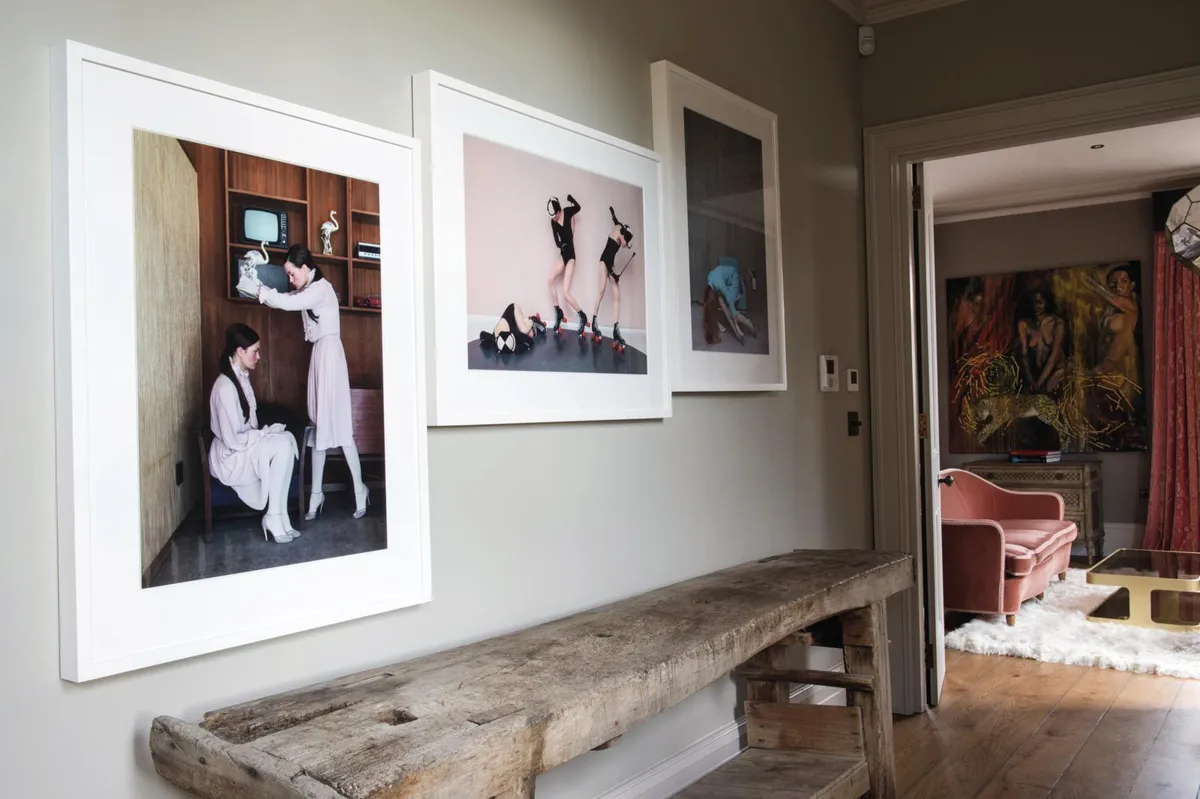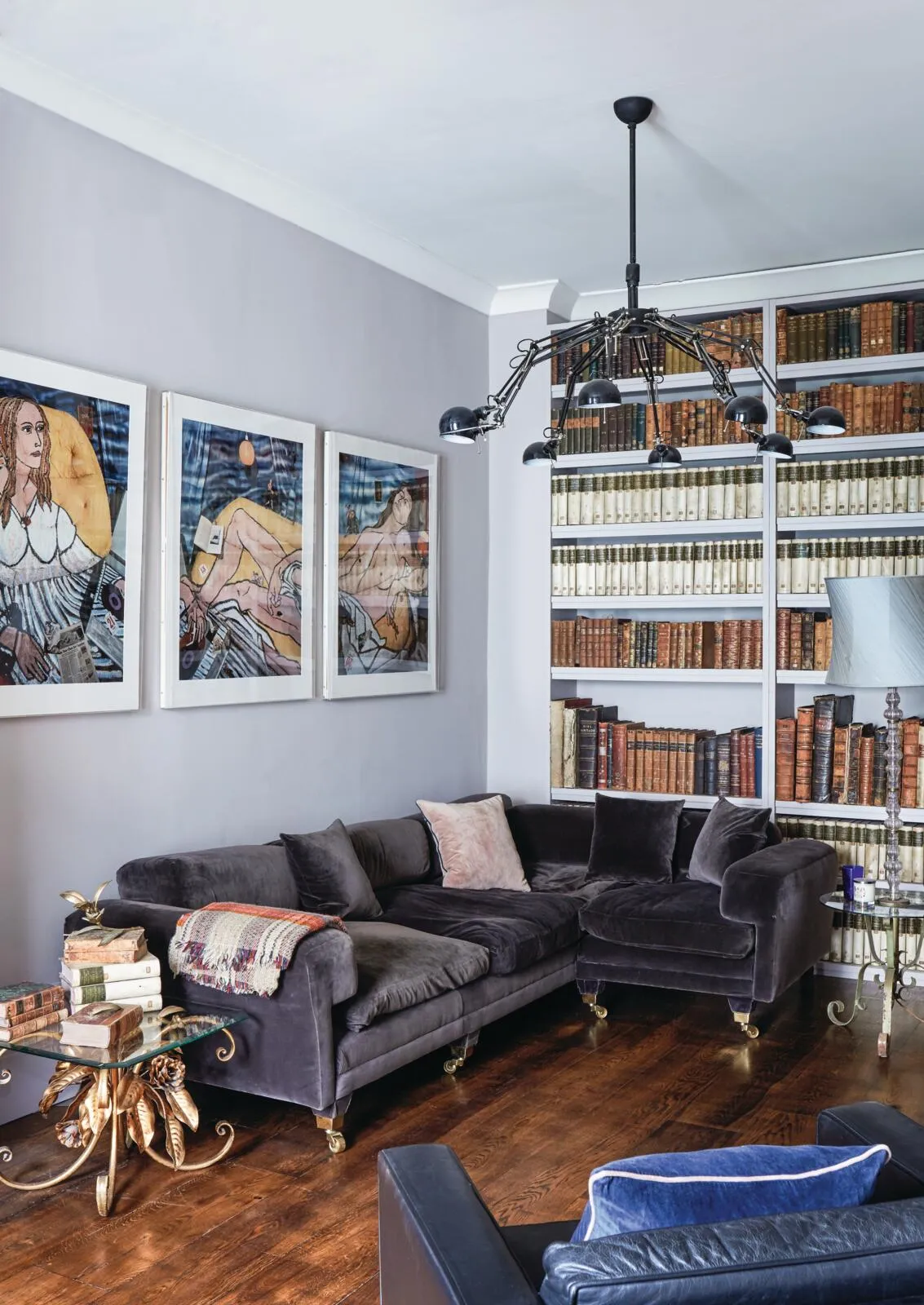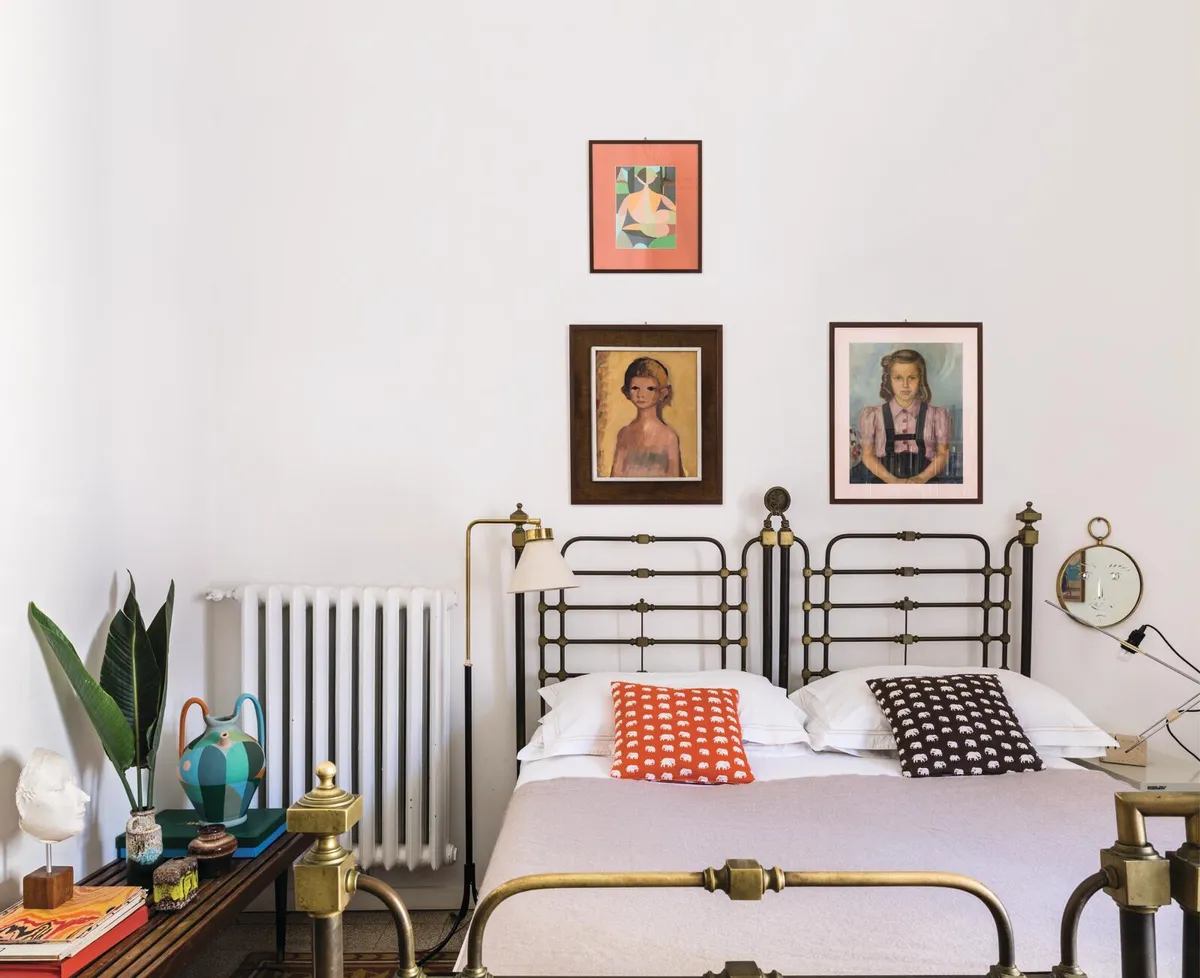In terms of viewing or appreciating contemporary art, most of us generally know what we like. But when it comes to actually buying art, that’s a whole different story. There are various reasons for making an acquisition – investment, the thrill of collecting, buying as a gift, or to decorate your home. But where do you begin? How do you know whether or not an artist is worth collecting? Or whether a piece is ‘good’? You could tie yourself up in knots before you’ve even properly started. Breathe easy – ultimately, there’s no right or wrong way to go about this, but there are some considerations worth thinking about to help you get the best from your art-buying experience.
Want to learn more about the history of art but not sure where to start? We've made a list of the best art history and appreciation courses and lectures available online.

So, just what is ‘contemporary art’? And is it the same as ‘modern art’? Although the terms are often thought to be interchangeable, they are actually two distinct movements. Loosely speaking, modern art lasted from the 1880s to the 1960s, giving way to the development of contemporary art, which is still emerging. ‘Modern art was defined by a sense of experimentation and challenging traditional values,’ explains Rebecca Wilson, Chief Curator at Saatchi Art, ‘while contemporary art – the art of ‘now’ – reflects our culturally diverse world, new technologies, and an emboldened sense of mixing different mediums and concepts.’
As technology has advanced – with the advent of new/digital media – so the definition of what art is has expanded. The market for contemporary art has evolved, too; rather than the privileged and somewhat elitist activity of yore, the internet has revolutionised the way art is presented, bought and sold. Today, thanks to online platforms and marketplaces such as Artfinder, Artsy, Saatchi Art and many others, social media (particularly Instagram) and good old Google, the art world has become much more accessible. ‘Buying contemporary art used to be an intimidating prospect, but that’s a barrier that has really been broken down in recent years,’ says Alice Phillimore, Lead Curator at Artfinder. ‘It has never been so easy to discover and buy affordable contemporary art online.’
You might also like the most famous art and antiques scandals
According to Rachel Brown from The Biscuit Factory, an independent commercial art, craft and design gallery in Newcastle, the growth of Instagram has been key in allowing more people to access contemporary art as part of their daily online lives. ‘With this accessibility comes the unmistakable growth in content and interest in all things relating to interiors, design, art and craft,’ she says. ‘By shifting the association of artwork from gallery walls to domestic spaces (by way of an online world), people started to feel comfortable with the idea of buying and living with original art.’

The obvious first step is to get a sense of what might appeal to you and do some research – see and experience as many types of art as you can by browsing online and doing a bit of legwork. ‘Start local,’ advises Rachel. ‘Seek out galleries and open studio events happening in your area. Find out what you like, meet the makers, and speak to galleries about the artists they’re representing – they will have expertise and inside knowledge on the availability of new collections that may suit your brief.’
Going to art fairs – The Affordable Art Fair, Frieze, et al – is a great way to see a lot of different work, too. At The Other Art Fair events in London (presented by Saatchi Art), not only can you see the work of countless artists, you’ll be able to meet them in person, learn about their approaches and techniques, and, says Rebecca, ‘generally get more comfortable with talking about art as well as looking at it.’
You might also like the best puzzles for art lovers
Buying art in person isn’t for everyone, and purchasing online can help to relieve some of the intimidation of walking into a gallery for the first time. ‘It gives people a much more transparent buying experience and is a more accessible way of discovering a wide range of work,’ explains Rebecca. ‘When shopping online, prices are usually visible, so all the information you need to make a decision is available without having to pluck up courage to ask someone.’
Art auctions are another avenue new buyers can explore. Clémence Tasiaux, Head of Department for Modern and Contemporary Art at Bonhams auction house in London, says that far from being intimidating, auctions are designed to give everyone access to ‘exceptional art’. ‘We are always happy to walk new clients through the process,’ she says, ‘by explaining the different ways to bid, outlining which fees to take into consideration on top of the hammer price, and providing additional information about the lots they are interested in.’

Whatever your approach – auction, gallery or online – don’t be afraid to ask questions. ‘As specialists, we are always here to help and we love to dive deep into the work with our clients,’ says Becca Starr, Director of Collector Relations at Artsy. ‘If buying online, you can always ask for more images, more information about the artist and their work, and a condition report.’
‘Treat galleries like any other specialist retailer,’ adds Rachel Brown. ‘Remember you are the customer and they are there to provide great service and be positive envoys for the artists they represent. And artists who handle sales themselves will always be thrilled to have someone show an interest in them and their work.’ Prints and lithographs can also be a good entry point for newbies, and allow you to easily and affordably add to your collection over time. Both are a much more affordable way of obtaining work by revered artists; surrealist icons Dalí and Miró, for example, both produced a significant number of lithographs.
You might also like the biggest European art fairs happening this summer
Works on paper, limited-edition prints and smaller artworks also make more sense if you have a modest budget, or not much wall space. Talking of budget – even expensive pieces of art are becoming more accessible to everyday buyers. Novice collectors can purchase art via an interest-free payment plan or loan from initiatives such as Own Art or Collectorplan (Wales), which both aim to make art affordable and within reach for all.
Whether or not you’re thinking in terms of art being a good investment, it all comes back to the same old chestnut: buy something you love. ‘While some investments will pay off, the art market can be very unpredictable, and an artwork is never guaranteed to appreciate in value,’ says Becca. ‘If you buy something you like and enjoy seeing it every day, you will ultimately get your money’s worth, no matter what.’

But as much as you might love a piece of art, how do you know whether or not it’s ‘good’? ‘It really depends on the individual,’ says Becca. ‘Understanding one’s own tastes is the best way to define ‘good’ when looking at art. There are certain factors – condition, impact on art history, iconicity – that contribute to the quality and value of a work. But ultimately, an artwork is ‘good’ when you think it is.’
One of the most exciting elements of the art scene is emerging artists, bringing fresh ideas along with the potential to become established and collectable names of the future. Degree shows, of course, are a rich resource for nascent art. ‘Buying work by recent graduates is not only a very affordable way to start your collection (once taken on by a gallery, their prices can double), but also supports emerging artists at a critical time in their careers,’ says Rebecca Wilson.
Whatever sort of art you plan to amass, it’s worth considering how and where it will be displayed. Abstract art in particular – the more dazzling and colourful, the better – works well when juxtaposed with sundry statement antiques. ‘Contemporary art and antiques make a harmonious pairing,’ says interior designer Joanna Wood, ‘each highlighting the strongest elements of the other.’
When all is said and done, it really boils down to how art speaks to you. ‘Collecting art is exciting – a romantic pursuit, capturing something about how you felt and who you were when you bought it,’ says Sarah Ryan of New Blood Art. ‘It’s interesting to see how personal taste evolves over time, and an art collection provides a mirror of that.’